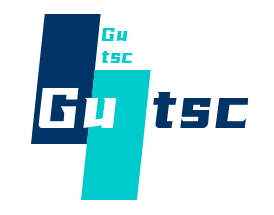In a world where medical marvels are continuously pushing the boundaries of human health and longevity, prescription drugs have emerged as both a blessing and a curse. They can save lives, reduce pain, and manage chronic diseases, yet their misuse can also lead to addiction, severe side effects, and even death. This article delves into the double-edged sword of pharmaceuticals, examining both the benefits and risks associated with prescription drugs.
Unmasking the Two Faces of Prescription Drugs: A Lifesaver and a Threat
The advent of prescription drugs has revolutionized healthcare, offering treatments for an array of ailments that once spelled a certain death sentence. Nowadays, thanks to medical advancements, antibiotics can treat severe infections, antiretrovirals can control HIV, and antidepressants can manage mental health conditions. This incredible therapeutic scope makes prescription medications a truly indispensable lifeline for countless individuals worldwide.
However, the same pharmaceuticals that can save lives also pose severe risks when misused. Prescription drug misuse, whether intentional or inadvertent, is a growing concern in many countries. It can range from taking a friend’s prescription painkiller for your backache to consuming drugs in a manner or dosage not prescribed by a doctor. Such misuse can lead to serious health problems, including addiction, adverse reactions, and even fatal overdoses. The opioid crisis, largely fueled by prescription drug misuse, has already claimed thousands of lives and devastated countless communities.
Analyzing the Delicate Balance: Gains and Pitfalls of Medication Use
On the one hand, the potential gains of prescription drug use are immense. They not only save lives but also improve the quality of life. By effectively managing conditions like diabetes, hypertension, or depression, these drugs allow patients to lead fulfilling lives. They also help reduce hospitalization rates, lowering healthcare costs and easing the burden on the system. Moreover, breakthroughs in personalized medicine are paving the way for even more targeted and effective treatments, further magnifying the benefits of prescription drugs.
On the other hand, the pitfalls of medication use can be severe. Side effects, both minor and major, can significantly impact a patient’s life. These may include nausea, fatigue, weight gain, or more serious effects like organ damage. There is also the risk of drug interactions, where different medications can adversely affect each other’s performance or even combine to cause dangerous reactions. Finally, there is the issue of accessibility and affordability. Prescription drugs, particularly newer, state-of-the-art medicines, can be prohibitively expensive, putting them out of reach for many patients.
The benefits and risks of prescription drugs are inextricably intertwined, mirroring the inherent duality of medicine itself. As society continues to grapple with this delicate balance, the need for responsible prescribing, increased awareness about misuse, and improved affordability becomes ever more urgent. Prescription drugs can indeed be a lifeline for many, but only if we respect their power, understand their potential harms, and ensure their judicious use.
